layout: category title: October 2025 Newsletter —
Summary
Dear sedaDNA enthusiasts,
Hello and welcome to the October newsletter! Last month we saw the publishing of 4 new papers and 3 new preprints. There is one job position, which closes 15th October.
Wishing you a great month of October,
The organising board
New papers
Ben Pears et al., (2025) published "Late Holocene sedimentation and palaeoagronomy in a carbonate dry valley system using OSL, sedaDNA and geochemistry: Implications for understanding anthropogenic slope-sediment transfer in fluvial headwaters" in Geomorphology.
David J Harning et al., (2025) published "Beth redox potential and climate control molecular proxies in Icelandic Holocene lake sediments" in Nature Communications Earth & Environment.
Arianna Weingarten et al., (2025) published "Mitochondrial genomes of Middle Pleistocene horses from the open-air site complex of Schöningen" in Nature Communications Ecology & Evolution.
Miriam C Jones et al., (2025) published "Sea-level driven isolation of glacial plant refuge revealed by submerged lake sediment from the Bering Land Bridge and St Matthew Island" in Arctic, Antarctic, and Alpine Research.
Preprints
Kadir Toykan Özdoğan et al., (2025) submitted the preprint "Towards an archaeological workflow for sedaDNA sample collection: methods and best practices for minimizing surface contamination" available on BioRxiv.
Pere Gelabert et al., (2025) submitted the preprint "Genetic admixture between East and West European Gravettian-associated populations in Western Europe before the Last Glacial Maximum" available on BioRxiv.
Jan Sevink et al., (2025) submitted the preprint "The garden of the Casa della Regina Carolina at Pompeii: Potential of new approached in biomarker studies to reconstruct its vegetation and use" available on SSRN.
New Positions
A three year postdoc position in marine sedaDNA at the Geological Survey of Denmark and Greenland in Copenhagen is inviting applications. Application deadline is 15th October.
This position is part of the large interdisciplinary project PHATE - Marine phycotoxins in the Arctic: an emergine climate change risk funded by Nordforsk-Sustainable Development of the Arctic.
The group is seeking a talented and enthusiast researcher to join their team, and use environmental genomics applied to marine sediment cores from the Arctic region to decipher past dynamics of potentially toxic phytoplankton species. The application must include a CV, incl. your ORCID, a list of publications with a separate indication of articles registered in ISI Web of Science and any copies of individual publications of particular relevance to the position. See link for full job description.
If you have any questions, please contact Prof. Sofia RibeiroIf you have a query or something to annonce, click here, and if you have a recent paper to share in the next newsletter, let us know.
